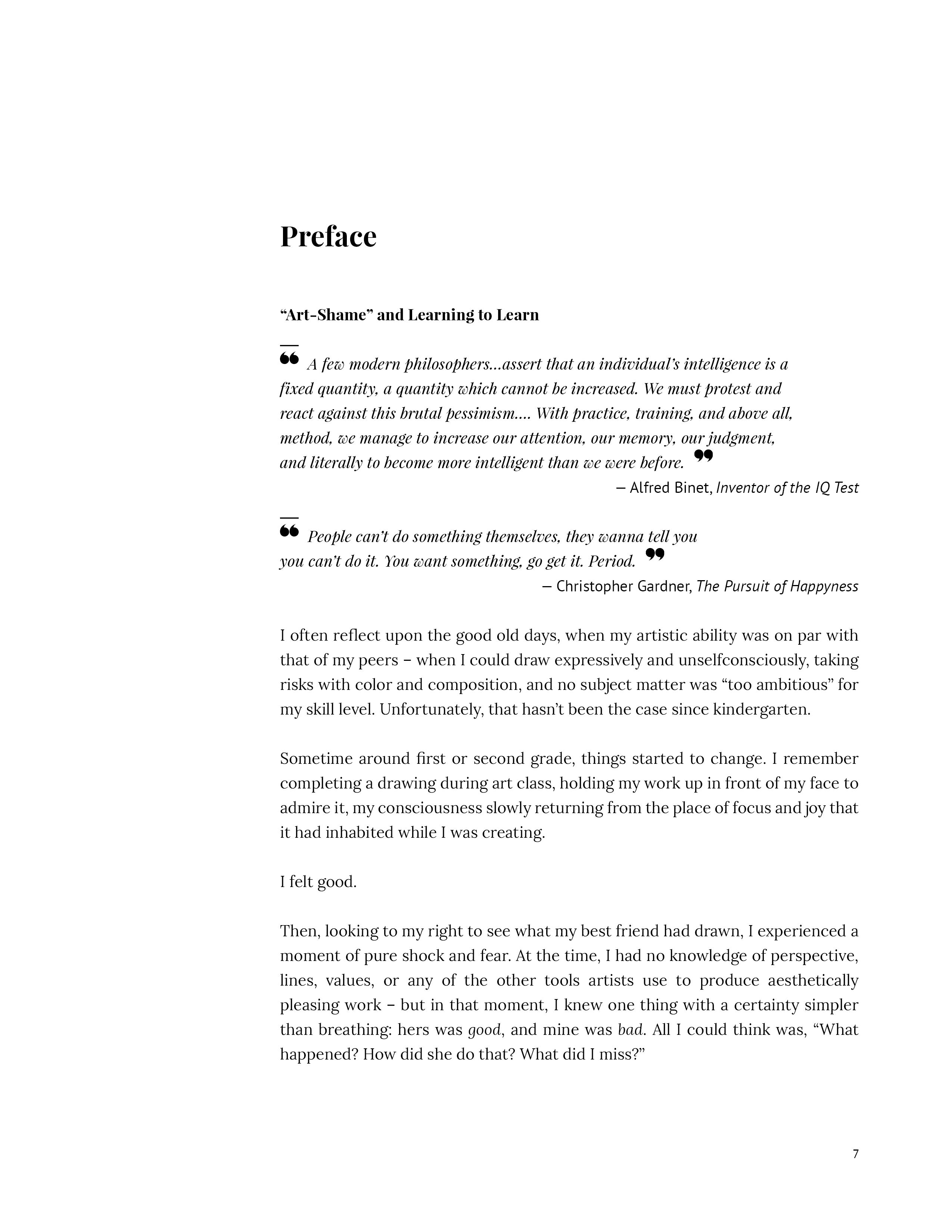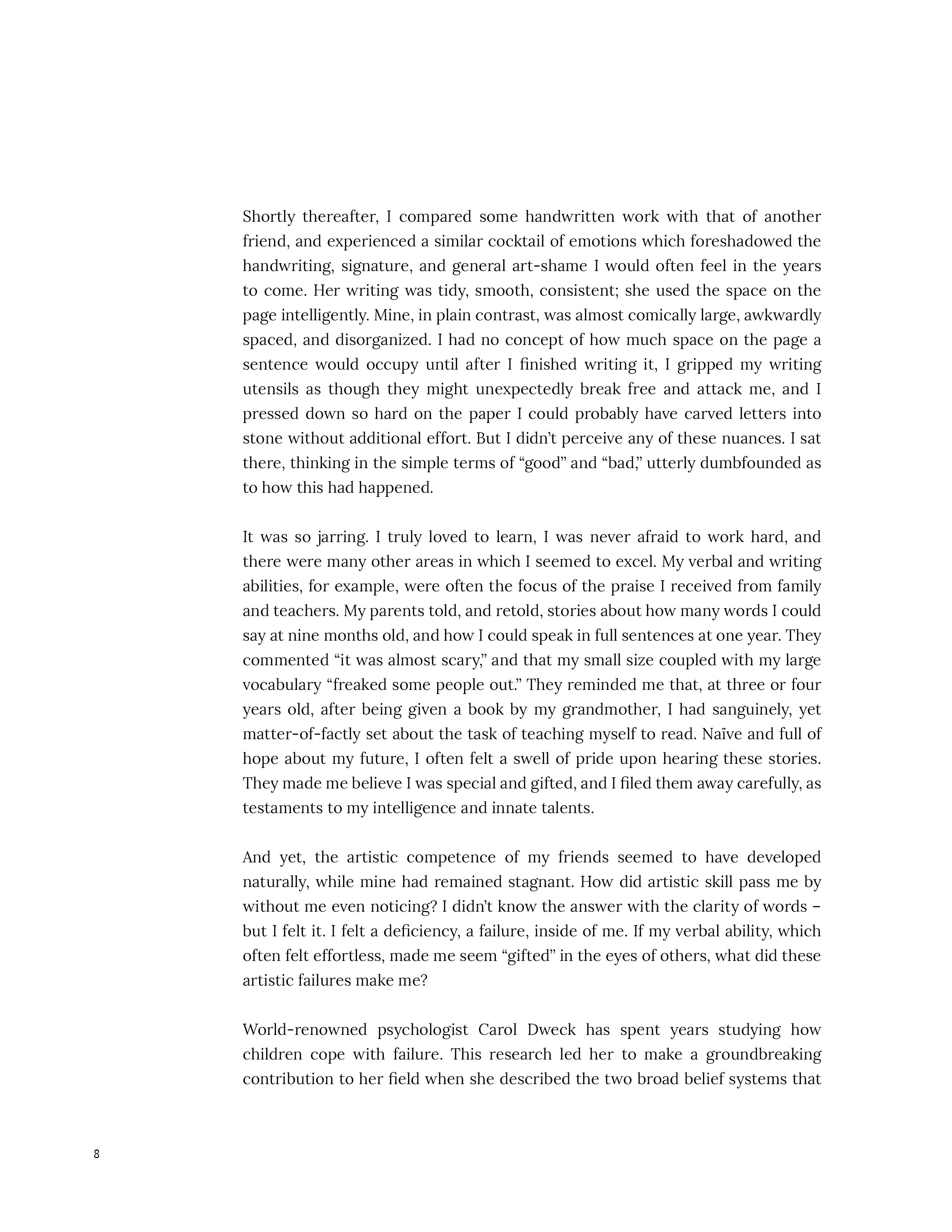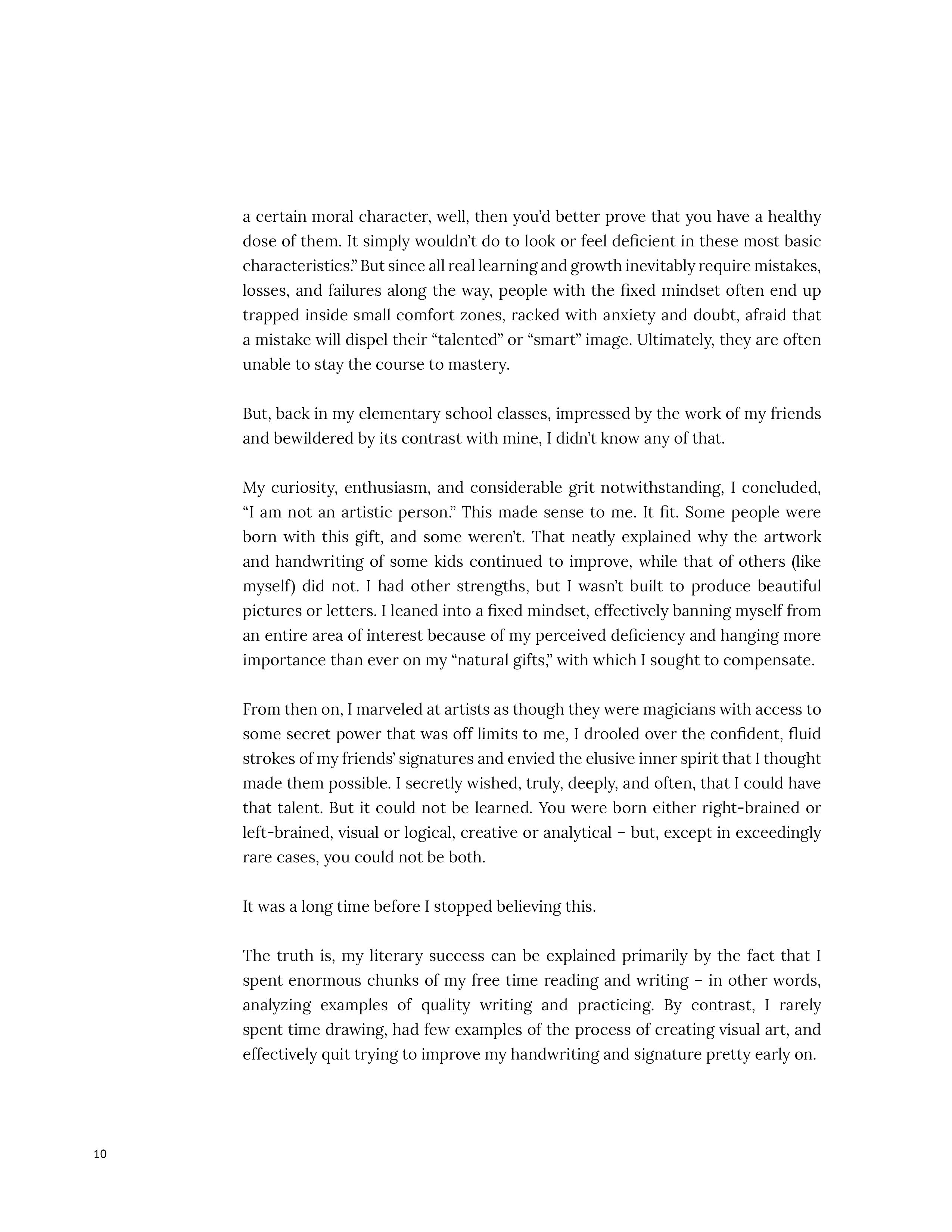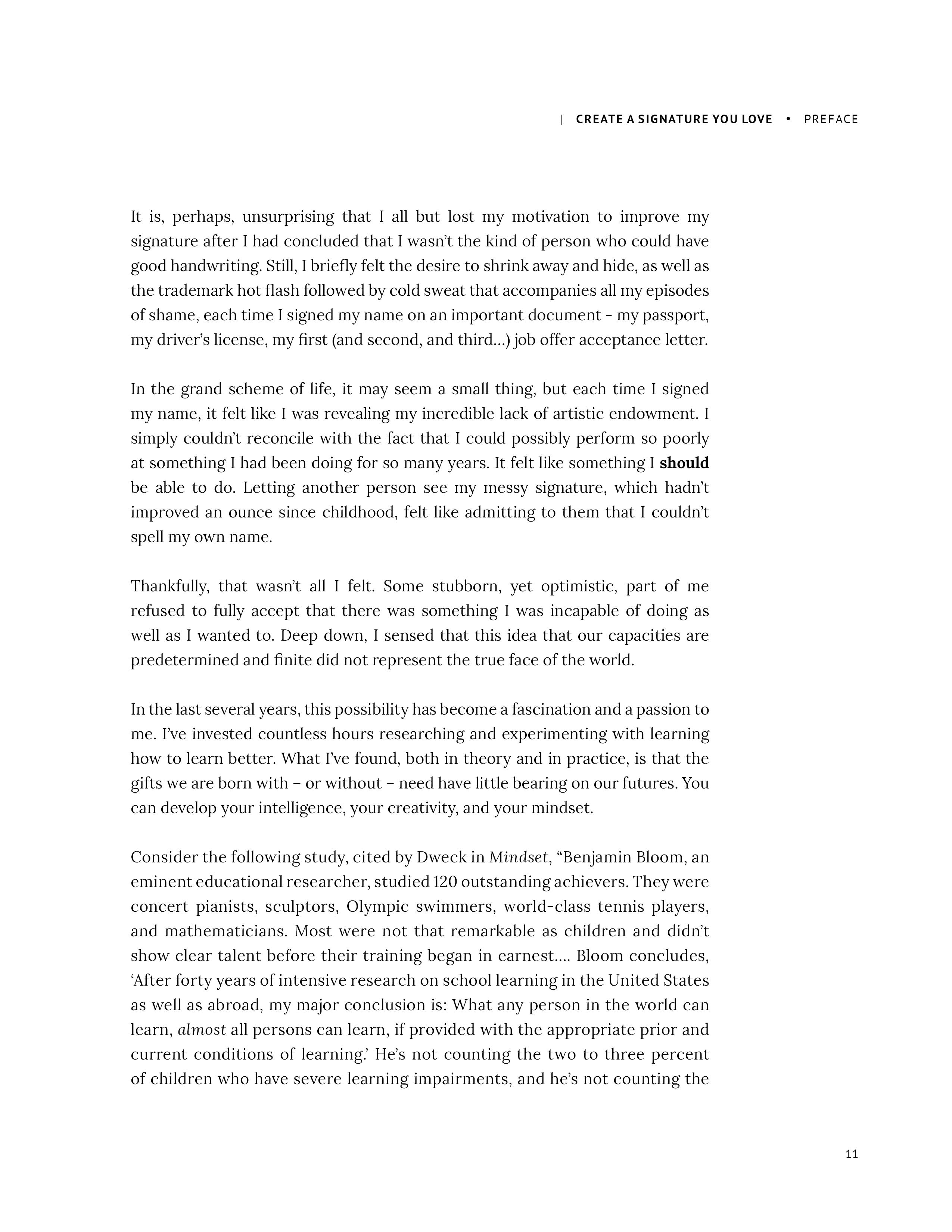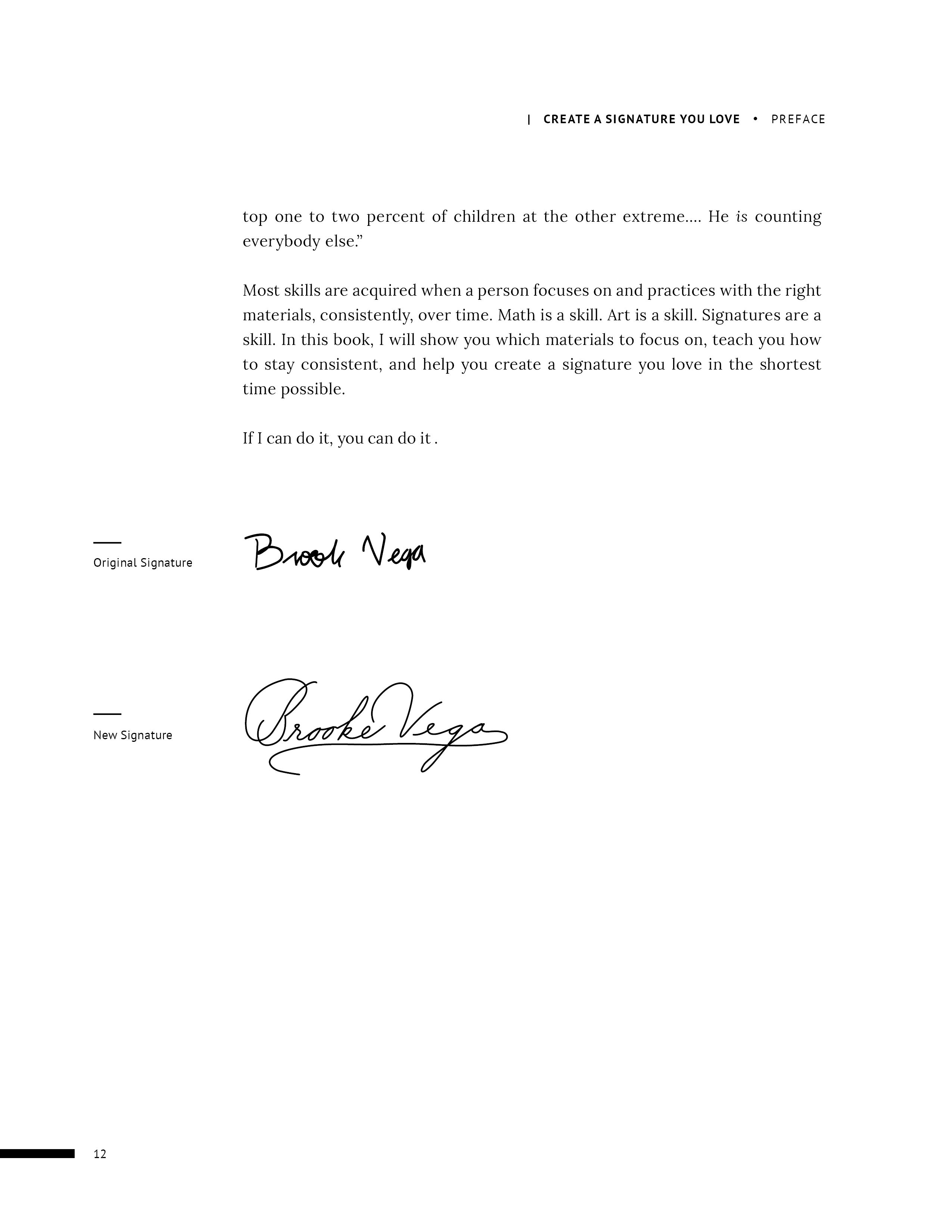“Whatever you feel or think, your exact state at the exact moment of your brush touching the canvas is in some way registered in that stroke.” – Robert Henri, The Art Spirit
“You’re doing it wrong.”
“You’re not artistic.”
“You’re embarrassing yourself by trying.”
“You’ll never be able to do this.”
It’s hard to produce good work when you talk to yourself this way. Negative self-talk sets off reactions in your nervous system that alter the way you breathe, move, and function.
Developing a creative habit can be a powerful antidote to self-criticism, but not unless the mental, emotional, and physiological struggle that often goes hand-in-hand with learning is addressed explicitly.
Oftentimes, we forge ahead with creative work, attempting to disregard the difficulty of it. If we're lucky, we might still succeed in making something we’re proud of, but we will likely fail to enjoy the process.
Many times, this leads us to give up before we even really begin. (Read more about this in another post "Art Shame and Learning to Learn," from the preface of the Create a Signature You Love practice guide and workbook.)
The solution is to train yourself to emphasize – and enjoy – process over outcome when you’re learning.
But if you’ve always been hard on yourself, where do you begin? Unfortunately, it takes more than an intellectual acceptance that harsh self-criticism isn’t useful (although that’s a start!).
Happily, there are some really fun ways to interrupt and rewire negative thought patterns.
One of my favorites for short-circuiting your inner critic during writing practice is to write by candlelight. Here’s how to do it effectively:
- You need at least one candle, paper, and a pen. Plan which specific writing exercises you will do beforehand. (I recommend tackling any “problem letters” that you find particularly difficult.)
- The goal of this practice session is to improve your ability to work in a relaxed state, not to produce beautiful letters. You might feel silly about this at first, but remember, adopting a productive attitude toward the learning process is a keystone capability that will accelerate your ability to learn anything.
- Ask yourself “How could I make this really fun?”
- Set up your workspace and turn off the lights. Position your candle(s) so that you can see your hands and your paper in front of you, but have difficulty seeing any details of your writing.
- Begin practicing but keep your awareness on feel of the motion of writing, rather than on the marks you’re making. Move with intention (don’t go totally sloppy), but don’t worry about your letterforms.
- When your mind wanders, notice and enjoy the scene you’ve set for yourself. Appreciate the warmth and the quality of light of the candle, the quiet, serene environment, and the sheer preposterousness of practicing penmanship in the dark. I like to pretend I’m a 10th century monk tucked away in a stone tower, copying manuscripts full of mysteries – but that’s just me.
However you do it, savor the memory you’re making with yourself.
You can augment this experience (or any practice session) by adding music and scent – both are strongly connected to memory and have been proven to interrupt negative thought cycles and alter mood. Choose music and a scent that remind you of a time when you felt relaxed, joyful, or confident.
It’s best to choose a song (or playlist) without lyrics. Lyrics tend to stimulate your left brain (the analyzer) thus impeding the effectiveness of the exercise.
For more strategies and resources, check out Create a Signature You Love, a comprehensive learning system for improving your signature and reclaiming your creativity.
